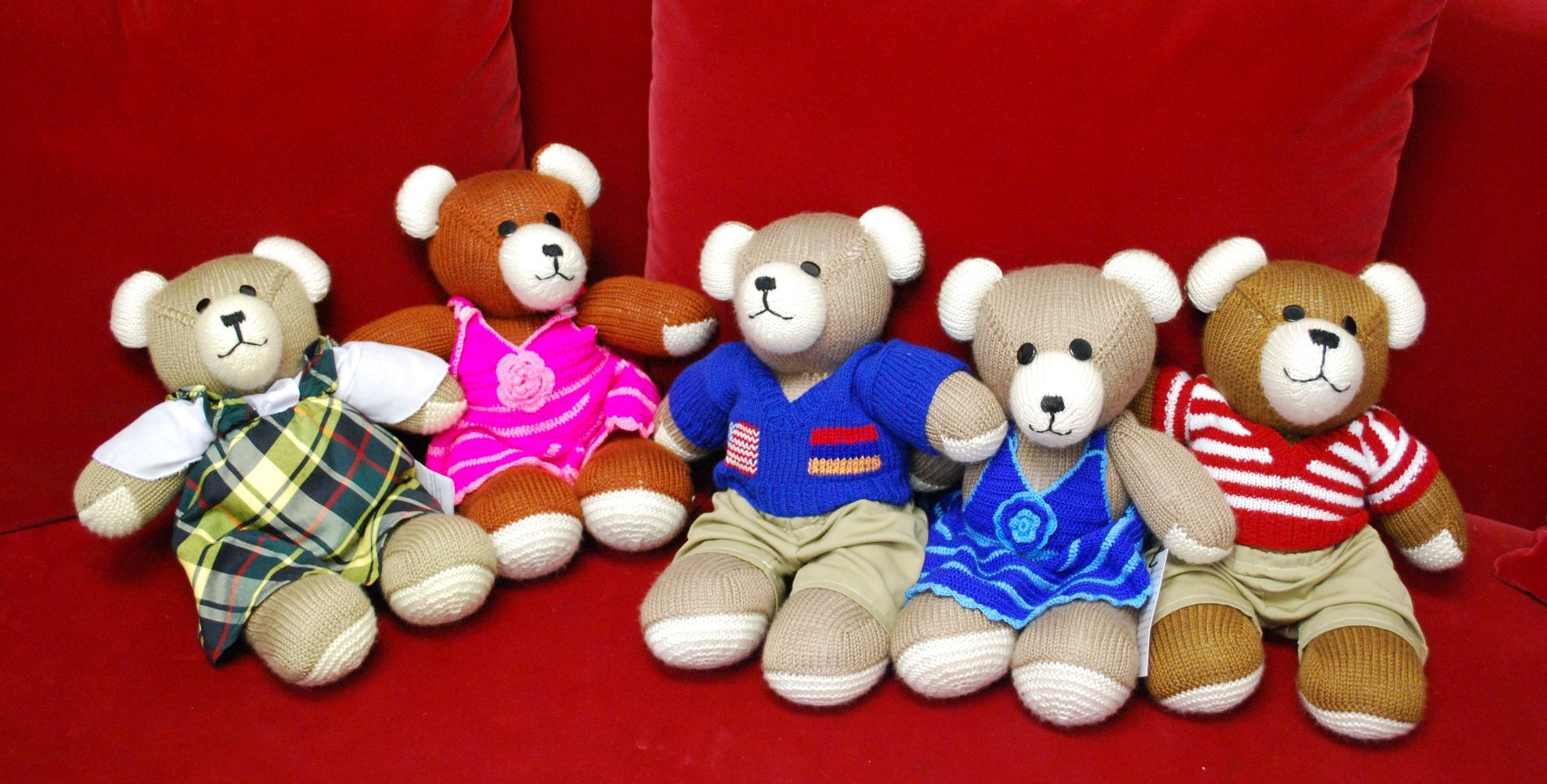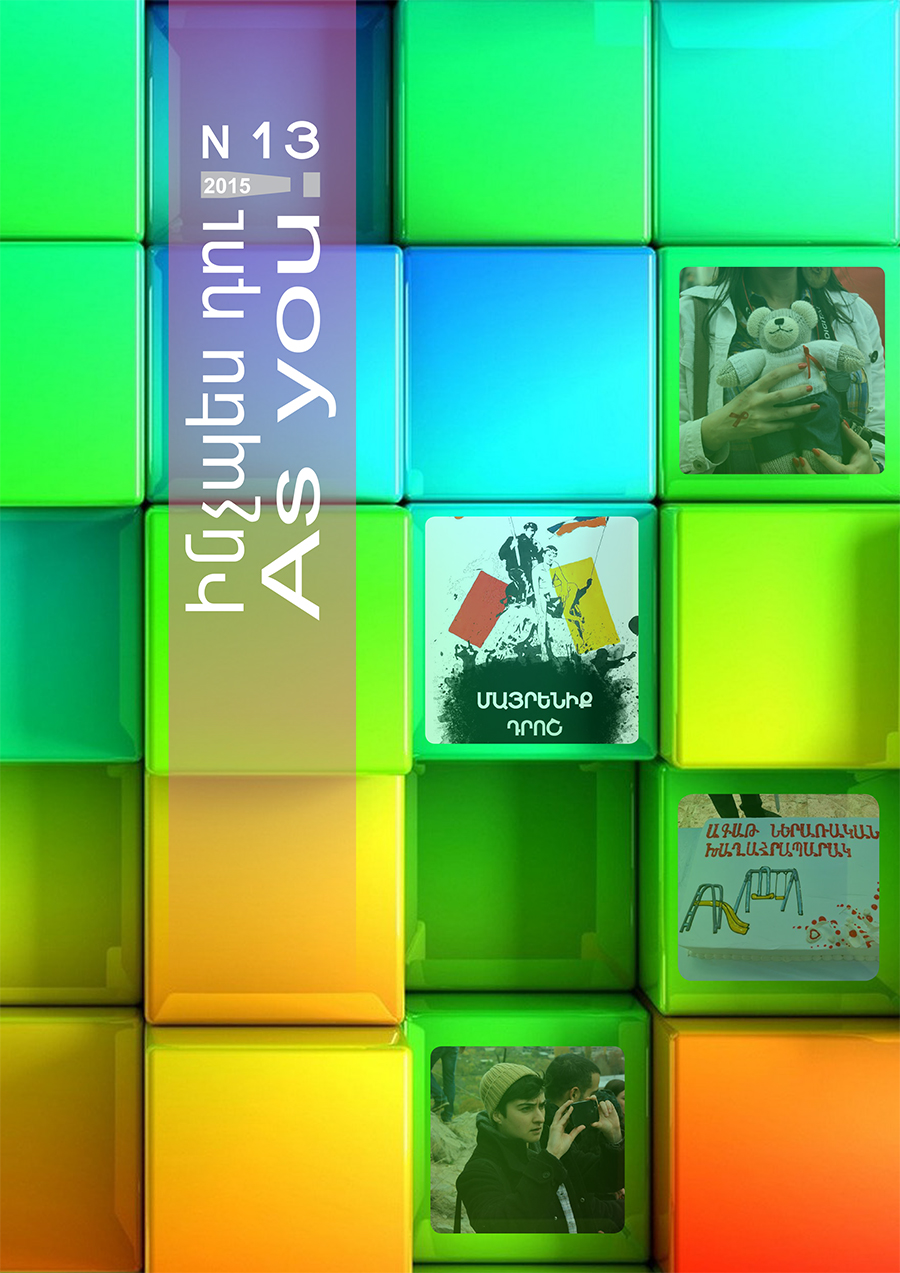Traveling from the U.S. to Armenia as a researcher
 Travelling to Armenia as an anthropologist from the U.S. studying sexuality and kinship, especially having followed up on the DIY firebombing and the attack on the Public Information and Need of Knowledge (PINK) and Women’s Resource Center’s (WRC) Diversity March, I was prepared to hear many stories about how gay people are ruining Armenia and the Armenian family. However, as always, I found that the way people discuss family and the way LGBT are represented in general, was not what I was expecting at all.
Travelling to Armenia as an anthropologist from the U.S. studying sexuality and kinship, especially having followed up on the DIY firebombing and the attack on the Public Information and Need of Knowledge (PINK) and Women’s Resource Center’s (WRC) Diversity March, I was prepared to hear many stories about how gay people are ruining Armenia and the Armenian family. However, as always, I found that the way people discuss family and the way LGBT are represented in general, was not what I was expecting at all.
We have heard many stories in the Armenian media about the perversion of this country by European ideas like sexual liberation and homosexuality. I find it quite interesting that stories about Armenian culture being ruined by new ideas enter the media so easily – on talk shows, in newspapers, Internet etc. This seems quite contrary to what I have found in my research in Yerevan. Just to be clear, I am not saying that LGBTI people in Armenia are treated very well, or that being LGBTI is very easy. However, the idea that homosexuality travels from Europe or the United States into Armenia or that it is destroying Armenian culture are not beliefs held by most of the people among whom I have conducted research. In fact, most people I have interviewed and conducted participant observation with do discuss the family and its destruction – but that destruction is usually ascribed to the government’s corruption, oligarchy, unemployment and the difficulties of Armenians to live in Armenia today. So, the idea that Armenian families are being ruined by European ideas about sexuality is a myth that is told by many nationalists and picked up by the media.
Another myth is that there is a pure Armenian family to be ruined in the first place. Armenian families are very diverse. Some have sons and daughters; some have only sons, some only daughters. Some have no children at all. Some people are not married. Some people are divorced. And many peoples’ families live in other countries. There are homes in which husband and wife work; there are homes in which only the wife works; there are homes in which only the husband works. There are also homes in which no one works. There are families that are made up of sisters, families that are made up of brothers, families that are made up of neighbors sharing their lives together, and families of same-sex partners. There is not one kind of family in Armenia and whatever there is here is likely to change through time – as have the ones living here now changed through time.
As a researcher I am well aware that what people tell you is also indicative of what they are not telling you. Very few of those I interviewed have mentioned homosexuality. However, this does not mean that people are unaware of homosexuality or LGBT identity in Armenia or do not think about these issues. In discussing homosexuality in Armenia with an interlocutor, I was told that while most people are aware of homosexuality and understand that it exists in Armenia, they do not openly discuss it. During a discussion at home, for example, my interlocutor mentioned “sexual minorities” and his father responded: “What sexual minorities? They’re not a minority. They are everywhere in the National Assembly and the Ministries.” This seems to be a common notion of sexual practices in Armenia. Homosexuality, thus, remains within what anthropologists call subtext, a circling around or hinting at through various codes and signs but never directly mentioning the thing itself. And when it is alluded to, homosexuality is not usually seen as an outside force entering Armenia. Rather, it is often acknowledged as something that exists here and has for quite some time.
Sexuality in general, however, is quite often discussed. However, having sex before marriage, women being aware of sexual life or experiencing desire, are not seen as coming from European values. They are generally discussed as the times changing and becoming “modern.” And change does not always mean the destruction of the Armenian family. One woman told me “People are becoming more open now and girls are more knowledgeable about sexuality before they are married. This is not always a bad thing. It is only bad when they are treated badly by their parents-in-law because they are not virgins.” This kind of statement was quite common in my interviews. The red apple tradition is often still practiced, but in many cases (not all) it seems to have been removed from the issue of virginity. Of course, there are some people who have told me that it is a disgrace for women to have sexual experiences before marriage. Many people also seem sympathetic to girls who could have been raped before marriage and say that this would not be her fault. I am not claiming that most Armenians fully embrace any form of sexual liberation, but my point here is that the idea that sexuality is something brought in from Europe or the United States is a myth.
As someone who travels from the supposed site where homosexuality and sexual liberation are imported, I see many problems with this myth. Armenia is much more dynamic than the media representations of it seem. We must ask then, what is the media’s – or perhaps media’s owners’ – investment in making the country seem like a flat, sexless plane that needs the West to bring in sexuality? While mainstream media in Armenia would like to see an opposition between the “pure family” and “sexuality,” as a researcher I know this is impossible. Reproduction and kinship are based on sexuality. And changes in sexual practices do not necessarily destroy the family.
Tamar Shirinyan



